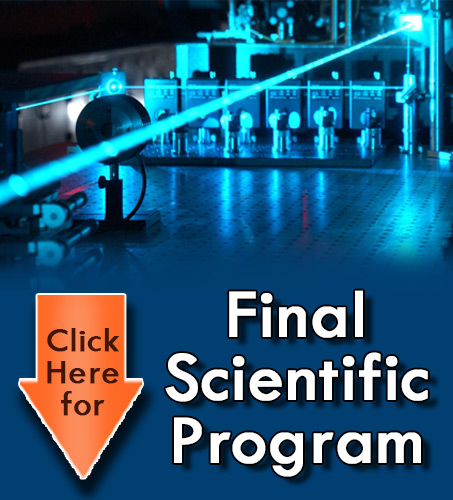
John G Ekerdt
University of Texas at Austin, USA
Title: Study of low density sites on silicon dioxide surfaces using fl uorescent probes and the role of these sites in nucleation of semiconductor and metal fi lms
Biography
Biography: John G Ekerdt
Abstract
Characterization of low density sites on planar oxide surfaces remains a challenging task. Such sites are believed to play an important role in catalysis and particle/fi lm nucleation, although the inability to directly observe these sites limits our understanding of these processes. We have developed a technique that enables detection of low density sites on planar surfaces using fl uorescent probe molecules. Derivatives of perylene, a high quantum yield fl uorophore, with various functional groups were used to titrate surface sites in vacuum. Th e functional group was chosen to chemically bind to the desired site and in situ photoluminescence (PL) measurements were used to determine the density of sites and learn about their distribution. An estimated detection limit of <1010 sites/cm2 is possible with this technique. We shall discuss our work using fl uorescent probes to study sites on the silica surface. In particular, results of our studies of strained siloxane (density~1012 cm-2) with perylene-3-methanamine and oxygen vacancy defect (OVD) sites (density~1011 cm-2) with 3-vinyl perylene will be presented. Particle nucleation on oxides is suspected to involve defects that trap adatoms and form critical nuclei. Using this technique, the role strained siloxane and oxygen vacancy sites play in trapping adatoms during the nucleation of germanium and ruthenium particles on silica surfaces is examined.

